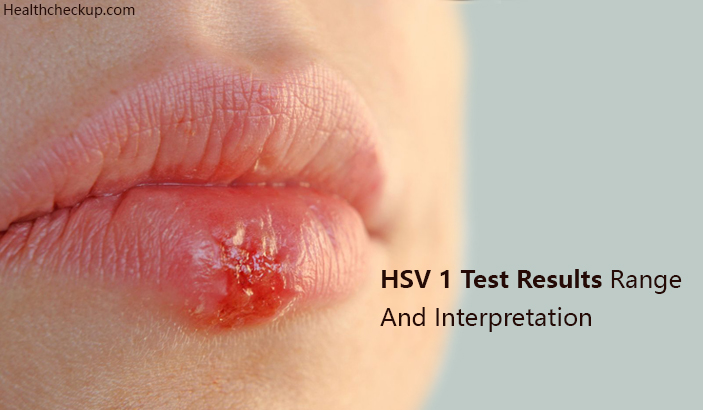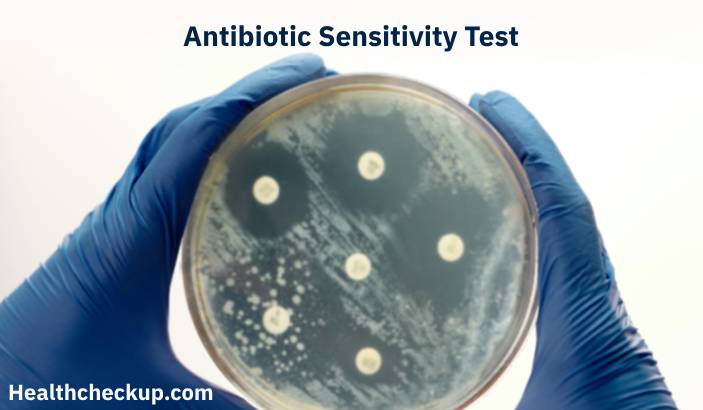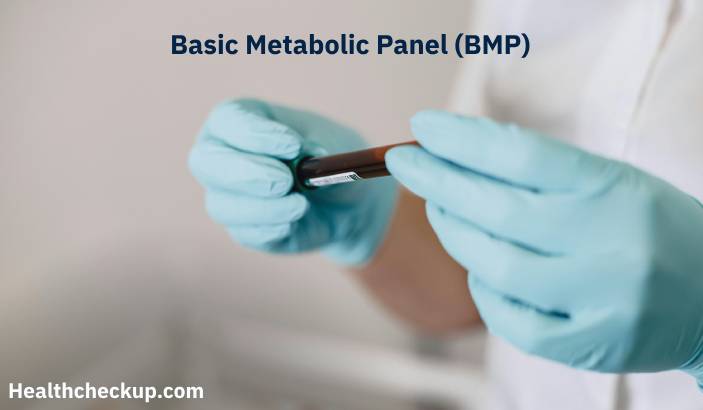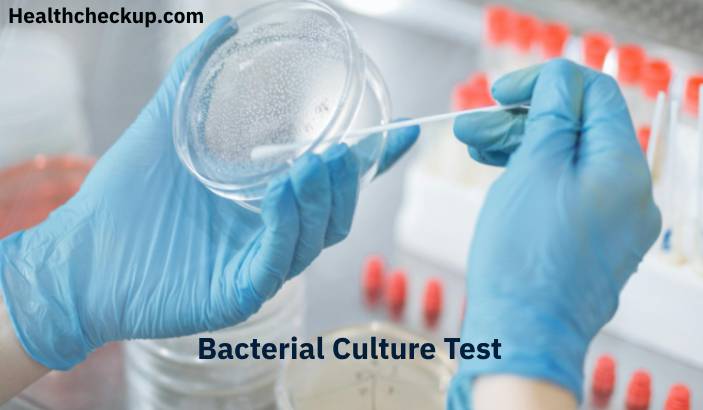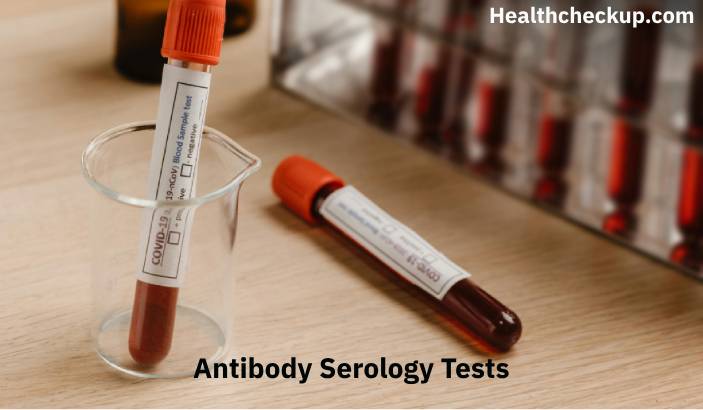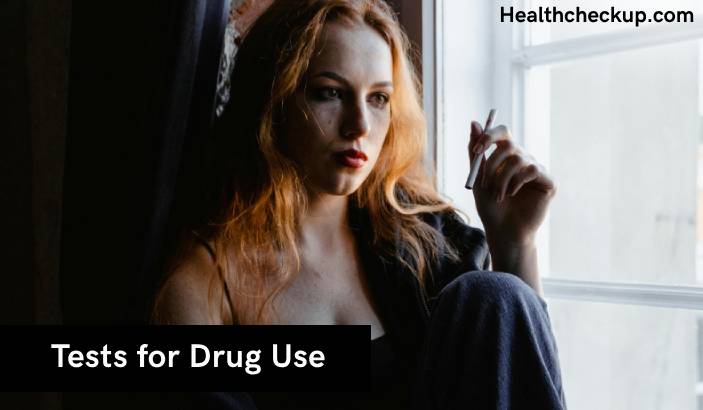HSV-Herpes Simplex Virus 1 is one of the most common Sexually Transmitted Disease (STD). HSV-1 is usually transmitted during childhood and it is commonly associated with viral infections of non-genital areas. Although HSV-1 causes oral herpes, it’s possible also to be present in genitals if the genitals are in contact with the exposed virus.
Commonly, HSV-1 is contracted through body fluids. For example, infected semen, saliva, vaginal fluid, or blister or sore fluid. In most cases, when the virus enters a cell it causes no symptoms, but if it destroys the host cell during replication it forms sores and blisters with fluids.
Symptoms of HSV-1
Though in most cases HSV-1 shows no symptoms, below are some of the most symptoms associated with it.
- Tiredness
- Fever
- Irritability
- Muscle Aches
- Swollen/Bleeding Gums
- Fever Blisters/ Cold Sores
- Bumps Lesions
- Pain or Itching at the affected area
How To Test For HSV-1
A clinical diagnosis of HSV-1 is critical and should be confirmed by laboratory testing, for accurate results, this can be accomplished by using direct tests for detection of HSV DNA– uses molecular diagnostic techniques, electron microscopy, viral isolation, Tzanck smears, and detection of antigens among other tests.
The most common blood test for HSV-1 is Immunoglobulin G (IgG). IgG also is known as the Western Blot HSV-1 test, is the most common type of antibody to HSV-1. It’s usually found in body fluids and protects the cells against bacteria and other viral infections. Blood tests are used especially if a person shows no visible symptoms. Depending on an individual, the test result could take any time between a few weeks to a few months. To obtain the most accurate results, it’s also recommended to wait for 12-16 weeks since the possible date of exposure to allow enough time for the antibodies to get detectable levels.
Specimens for this test include; ulcerated tensions, throat and pharyngeal swabs, cerebrospinal fluids, urine, vaginal swabs, and vesicular fluids among others.
HSV-1 Test Results Using IgG
Upon receiving herpes test results using IgG, you are likely to get a number value. The HSV 1 test results range may be
- Negative; 0.90 IV or less
- Equivocal; 0.91-1.09 IV
- Positive; 1.10 IV or more
HSV-1 Test Results Interpretation Using IgG
An HSV-1 test result value that is 0.9 or less indicates a negative result, this means that there is no significant level of detectable IgG antibodies.
For a test value form 0.91- 1.09 IV, the results are unclear, that is, there is a questionable presence of the IgG antibody to HSV-1. A repeat test is recommended in 10-14 days in order to make certain whether or not that you have the virus. This result though is very rare.
For a test value from 1.10 IV or greater, the results indicate positive results for HSV-1, that is, the presence of IgG antibodies detected in HSV-1 glycoprotein G. This results may show a past or a current HSV-1 infection.
In some blood test, clarity is not seen when testing for HSV. For example, some blood test like IgM doesn’t differentiate between HSV-1 and HSV-2. In such cases, Direct Fluorescent Antibody (DFA) test can be performed to clear the situation. The FDA has granted clearance for the theranos HSV-1 test.
Testing for serotypes is important because the necessary diagnosis will be adopted and also appropriate counselling may be provided to the patients to guide them. The tests are readily available, this makes it possible to have a more enhanced diagnosis and clinical management. At home, HSV-1 test may not be recommended, and if you have any alarming symptoms for HSV-1 you should seek help from a doctor.
It should also be noted that HSV can be very dangerous to infants during birth. In case a mother has an active infection, the virus can be contracted to the baby during birth. This can affect the infant’s skin, mouth, eyes, and central nervous system among other areas.
Medically Reviewed By


